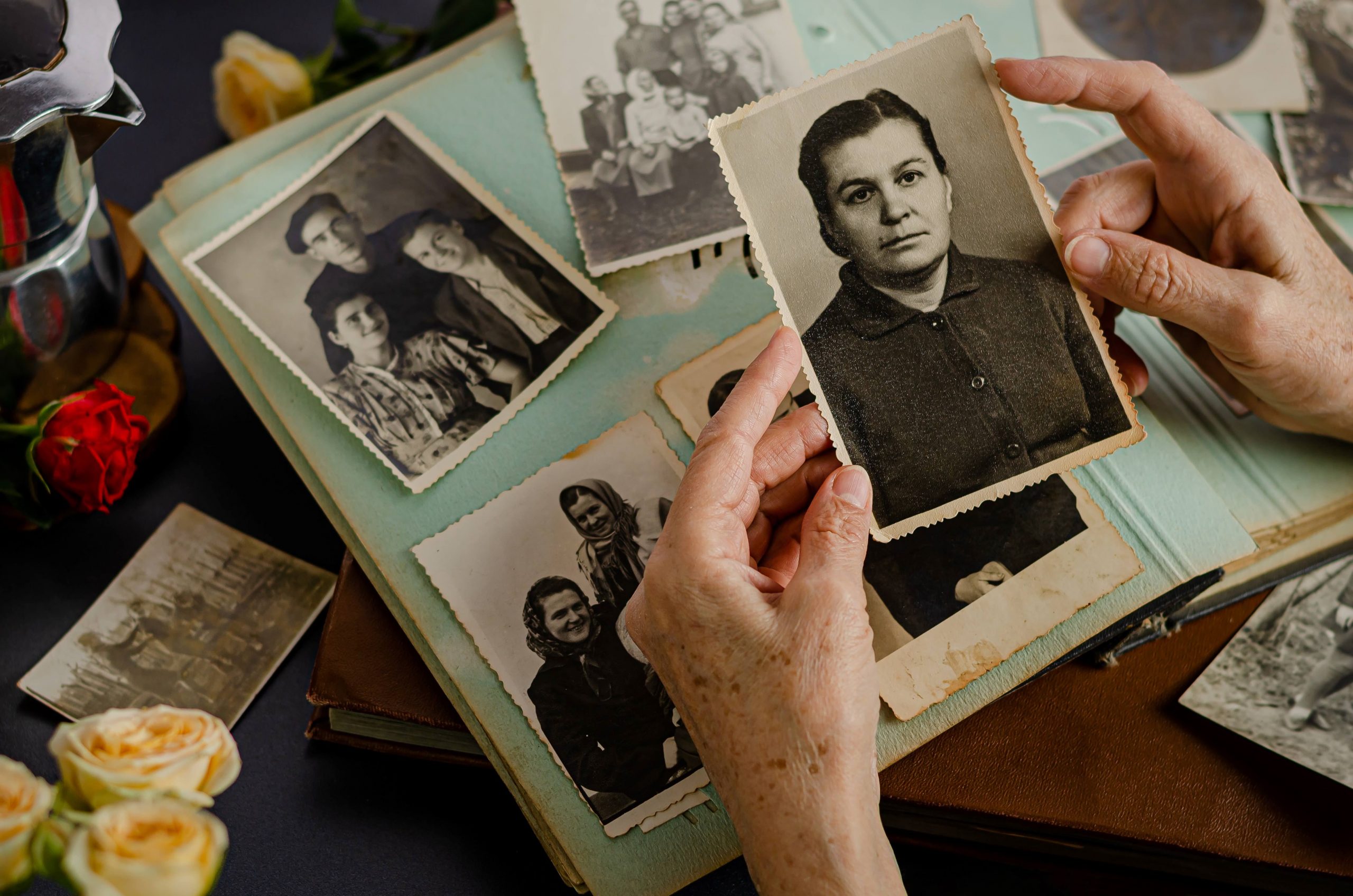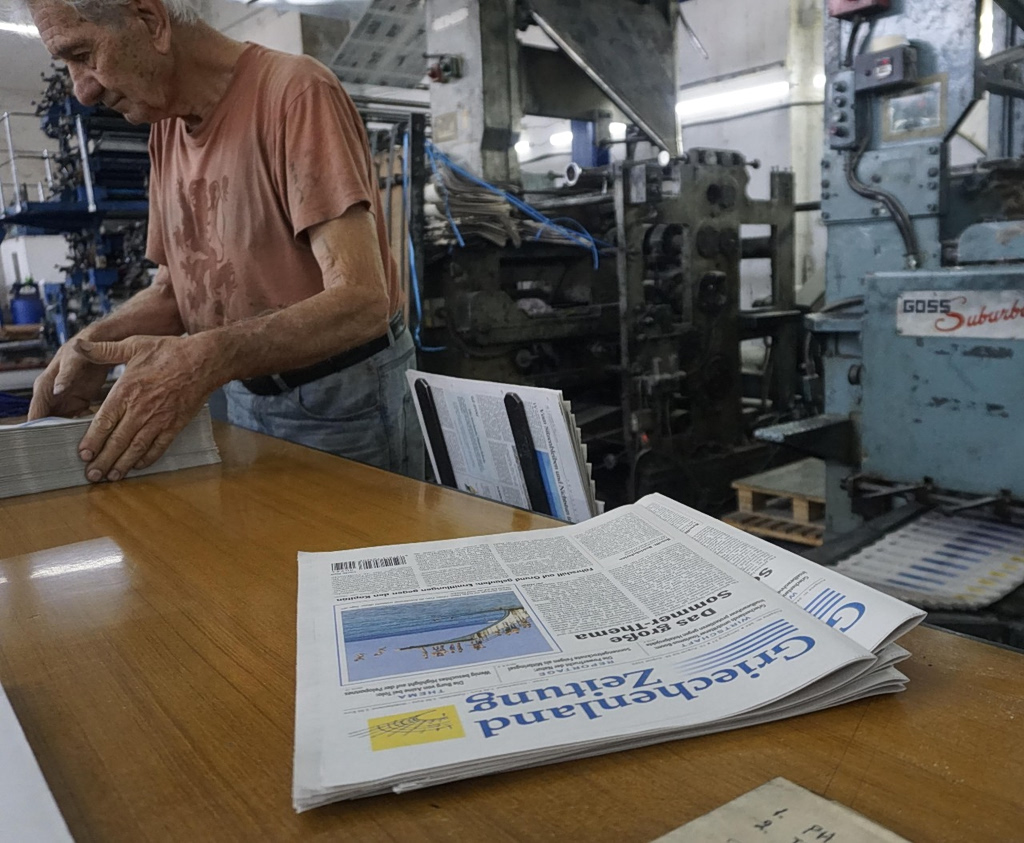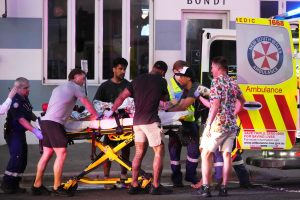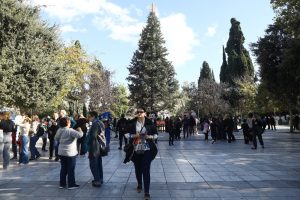Cindy Fraser learned as a teenager that she was conceived in a brief affair her mother had during an unhappy marriage. Her mother refused to reveal his identity.
Nine years ago, she bought a home DNA test, and with some sleuthing, she identified her biological father. He had died but she eventually met five half-siblings.
“I had to know who my father was,” Fraser says.
Earlier this year, an email came through another DNA testing site she used from someone else: her biological daughter. Fraser had donated eggs at a fertility clinic 27 years ago when she needed money for rent. Her now-adult daughter’s message reminded Fraser of her own search.
“I want to understand who I am,” she wrote to Fraser.
The women shared not just DNA but a powerful, almost innate desire to know their origins. Reproductive technologies have remade families, particularly since in vitro fertilization was introduced in the U.S. more than 40 years ago. The technology allowed more people to have children. It also created people connected by biology but not raised as family. The widespread use of DNA testing in recent years has made it easier to find sperm and egg donors, biological siblings and other relatives whose identities were once shrouded in secrecy.
Fraser is among scores of people who shared their stories after reading my articles in The Wall Street Journal about how technologies are reshaping the family. I wrote about half-siblings who grew close after finding out their parents used the same sperm donor, another sperm donor on a quest to meet some of the 96-plus biological children created through his donations and a woman weighing what to do with her frozen embryos.
People’s families all looked different. Some wrote they had known their entire lives that their parents used a donor to conceive them. Others described the shock and grief that followed a home DNA test revealing that their parents had hidden their origins.
They placed different values on the role of genetic ties.
Dr. Thomas Wheeler, 71, a pathologist and emeritus professor at Baylor College of Medicine in Houston, wrote to me that his father, a surgeon, was a prolific sperm donor in his 20s. His father died without meeting any biological children born from his donations.
Wheeler connected in 2017 with his half-sister Jan Moore, who discovered from a DNA test that her parents used a sperm donor. Wheeler and Moore, also 71, started talking once or twice a week. Wheeler assumed Moore wanted details about the health risks associated with half of her DNA. She told him she was more interested in family history.
She loved Wheeler’s recounting of his father’s tales from his days as a World War II fighter pilot. She wanted to know his personality and quirks. Wheeler told her that his father always gave people nicknames. He started calling Moore “Sunny,” short for the nickname Sunshine he felt his father might have given her.
Wheeler gave her family photos and shared cassette tapes so she could hear their father’s voice. A portrait of their father hangs in Moore’s home office in Waco, Texas. Wheeler says his father shared with his unknown biological daughter a love of lap dogs and a preference for Scotch.
“It was uncanny how similar they were,” Wheeler says.
At a Wheeler family reunion this year, Moore joined her half-brother on a visit to a cemetery in Dallas. Standing before the gravestones of Wheelers she didn’t know, she felt a sense of peace realizing her life traced back generations to theirs.
“I was connected to them,” Moore says.
Richard Flinn, 76, wrote to me that he felt a shock of recognition when he took a home DNA test eight-and-a-half years ago and later received a link to a YouTube video from one of his matches. When he clicked on it, he saw a young woman holding a baby. She looked like his mother and two nieces.
“Hello, I am your daughter and this is your grandson,” said the woman, Lauren Hayden, who is now a 34-year-old pastry chef with three children.
A few weeks later, Flinn met her. His biological daughter looked at him and said, “Oh, that’s where I got my nose.”
Flinn donated sperm in the 1980s at a fertility clinic in Atlanta. The doctor told Flinn he would remain anonymous. He never expected to meet children born from the donations.
When Hayden met her biological father she asked if she should call him Dad. “I remember his hesitation. The energy shifted,” she said. She calls Flinn “Rick” when they are together. She refers to Flinn and his husband as “my Dads” when she talks about them.
“They handle me like a complete human being who deserves love and respect. That’s Dad status for me,” she said.
Flinn has wrestled over how to define his role with the two biological children he has met. “I am not their father,” he says. “I didn’t raise them. But I do see so much of me in them. I can’t help but feel a strong connection.”
Such ambivalence is something Joanna Scheib, a psychologist at the University of California, Davis who directs research at the Sperm Bank of California in Berkeley, has thought a lot about while studying donor-conceived families. Scheib and I often ended up at the same meetings where advocates debated whether donors’ identities should be shared with biological children who want them after they turn 18.
Scheib knew that many LGBTQ people don’t have full legal protection as parents in all states, and contact between donors and children might threaten their rights.
Around 40% of donor-conceived people eligible to learn the identity of the donor when they turn 18 ended up asking the sperm bank for it, she said.
Scheib said follow-up interviews with donor-conceived people found learning the biological parent’s name wasn’t enough. Some said they wanted to see if the donor looked like them. Or they wondered what qualities they may have inherited. Donor-conceived adults often told her they weren’t seeking another parent, but they did want some kind of interaction.
“They were interested because they thought it would tell them more about themselves,” Scheib says.
When the woman born from Fraser’s egg donation contacted her, it took Fraser a moment to realize she was reading a message from her biological daughter. She had never expected to be found.
“I put it out of my head,” she says.
Fraser, a 60-year-old mother of two and grandmother to five, recognized the same curiosity that drove her own search for her genetic origins. The 26-year-old told Fraser she hadn’t known she was donor-conceived. Her mother told her after her father died.
Fraser answered questions about health risks in her family. The women started exchanging longer messages. Fraser told her how she had gotten a pilot’s license in 2020 and flown a single-engine plane to the Bahamas. Her biological daughter shared that she had married in 2022 and was bereft over her father’s death.
“She was coming to terms with who she is,” Fraser says.
Fraser offered to meet the young woman, who declined. Fraser says her biological daughter should be free to continue her search for the meaning of her DNA.
“I am ready to be there for her,” Fraser told me. “Whatever she needs is fine with me.”
Write to Amy Dockser Marcus at Amy.Marcus@wsj.com



